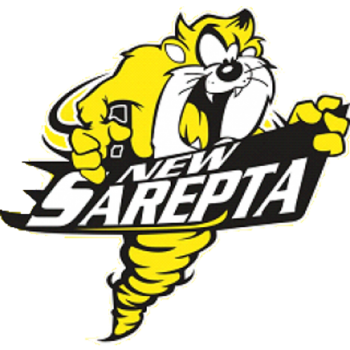New Sarepta Community High School
780-941-3924
Mathematics
Math
Junior High
GOALS FOR STUDENTS
The main goals of Mathematics education are to prepare students to:
- use mathematics confidently to solve problems
- communicate and reason mathematically
- appreciate and value mathematics
- make connections between mathematics and its applications Mathematics (K–9) /3 Alberta Education, Alberta, Canada 2007 (Updated 2014)
- commit themselves to lifelong learning
- become mathematically literate adults, using mathematics to contribute to society.
Students who have met these goals will:
- gain understanding and appreciation of the contributions of mathematics as a science, philosophy and art • exhibit a positive attitude toward mathematics
- engage and persevere in mathematical tasks and projects
- contribute to mathematical discussions
- take risks in performing mathematical tasks
- exhibit curiosity.
High School
The high school Mathematics program is designed to prepare you to solve problems, communicate and reason mathematically, make connections between mathematics and its applications, appreciate and value mathematics, and make informed decisions as a contributor to society. When it comes to math, it’s important to choose courses appropriate to your abilities, interests and future goals. Your previous math marks will also help to indicate which courses are most appropriate for you.
There are three main course sequences in Mathematics:
Mathematics 10C (Common) This course is the starting point for both -1 and -2 course sequences, and will prepare you for entry into post secondary programs that may require math. You must have 55% in Grade 9 Math to enter this course.
Mathematics 20-1 and 30-1 prepare you for entry into post secondary programs that require the study of calculus. Topics include algebra, measurement, relations and functions, trigonometry, permutations, combinations and binomial theorem.
Mathematics 20-2 and 30-2 prepare you for post secondary studies in programs that do not require the study of calculus. Topics include geometry, measurement, number and logic, logical reasoning, relations and functions, statistics, and probability.
Mathematics 10-3, 20-3 and 30-3 prepare you for entry into the majority of trades and for direct entry into the work force. Topics include algebra, geometry, measurement, number, statistics and probability.
Mathematics 31 is an advanced mathematics course that prepares you for post secondary programs that recommend or require calculus as an entrance requirement. If you’re considering Math 31, you’ll need to take Mathematics 30-1.
